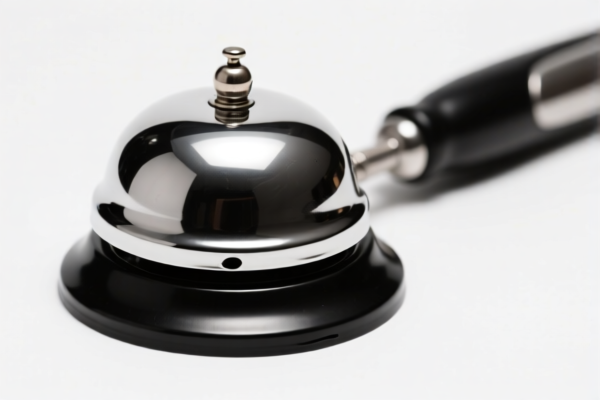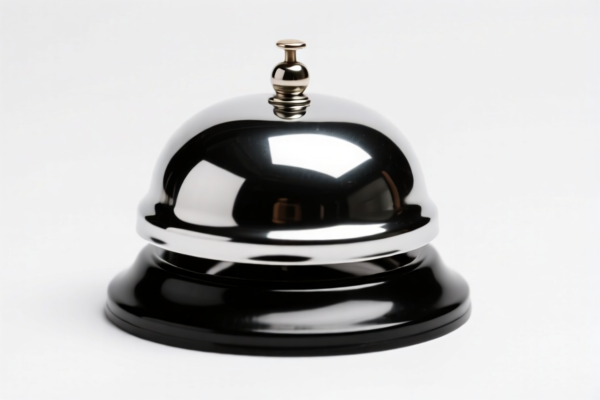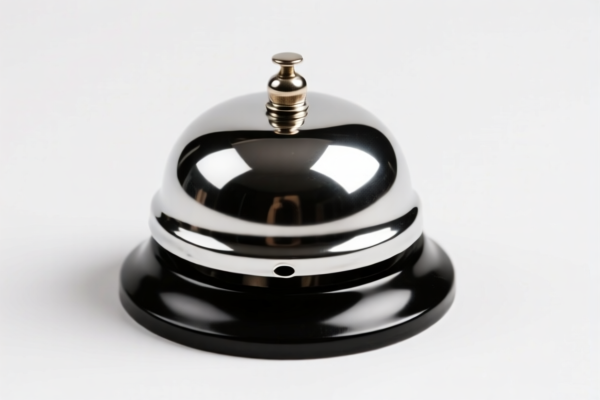| HS Code | Official Doc | Tariff Rate | Origin | Destination | Effective Date |
|---|---|---|---|---|---|
| 8306100000 | Doc | 35.8% | CN | US | 2025-05-12 |
| 7326908688 | Doc | 82.9% | CN | US | 2025-05-12 |
| 7326908688 | Doc | 82.9% | CN | US | 2025-05-12 |
| 9506910030 | Doc | 42.1% | CN | US | 2025-05-12 |
| 9503000090 | Doc | 30.0% | CN | US | 2025-05-12 |
| 9503000071 | Doc | 30.0% | CN | US | 2025-05-12 |
| 8712004800 | Doc | 66.0% | CN | US | 2025-05-12 |
| 8712005000 | Doc | 3.7% <u></u>+55.0% | CN | US | 2025-05-12 |
| 8714998000 | Doc | 47.5% | CN | US | 2025-05-12 |




Bike Bell
A bike bell is a signaling device mounted on a bicycle to alert pedestrians, other cyclists, and drivers to the cyclist’s presence. It is a safety component intended to increase visibility and prevent collisions.
Material
Bike bells are commonly constructed from the following materials:
- Brass: Traditional material, known for its clear, resonant tone. More expensive and requires polishing to maintain shine.
- Steel: Durable and affordable. Offers a brighter, less nuanced tone than brass. Often chrome-plated for rust resistance.
- Aluminum: Lightweight and corrosion-resistant. Produces a higher-pitched sound.
- Plastic: Least expensive option, generally used on lower-end bicycles. Tone quality is typically lower than metal bells.
- Titanium: High-end material, very lightweight and corrosion-resistant, offering a distinct tone.
Purpose
The primary purpose of a bike bell is safety. It serves to:
- Alert others: Warn pedestrians, cyclists, and motorists of the cyclist’s approach, especially in situations with limited visibility.
- Communicate intent: Indicate a desire to pass, or signal presence at intersections.
- Legal compliance: Required by law in some jurisdictions.
Function
Bike bells operate mechanically. Striking the bell’s dome (or button) causes a clapper or striker to hit the bell’s body, generating sound.
- Lever-activated: Most common type; a lever on the handlebar is squeezed to activate the bell.
- Twist-grip: Activated by twisting a grip on the handlebar.
- Push-button: Activated by pressing a button.
Usage Scenarios
- Urban cycling: Essential for navigating city streets and alerting pedestrians.
- Bike paths and trails: Used to signal passing other cyclists or pedestrians.
- Road cycling: Alerting motorists to the cyclist's presence, especially when overtaking or approaching intersections.
- Mountain biking: Warning hikers or other trail users of approach.
Common Types
- Ding-dong bells: Classic, recognizable sound. Typically brass or steel.
- Spurcycle bells: High-end bells known for their clear, resonant tone and durable construction. Often made of brass or stainless steel.
- Electronic horns: Battery-powered horns offering a louder, more distinct sound than traditional bells. Often feature multiple sound options.
- Mini bells: Compact bells suitable for lightweight bikes or those prioritizing a minimalist aesthetic.
- Retro bells: Bells with a vintage design, often made of brass.
Based on the material, use, function, and application scenarios, a bike bell is a non-electric signaling device typically made of base metal, used for alerting pedestrians and other cyclists.
The following HS codes are relevant:
- 8306100000: Bells, gongs and the like, nonelectric, of base metal; statuettes and other ornaments, of base metal; photograph, picture or similar frames, of base metal; mirrors of base metal; and base metal parts thereof. This code specifically includes “Bells, gongs and the like, and parts thereof”.
- 83: Chapter 83 covers miscellaneous manufactured articles of base metal.
- 06: Heading 06 focuses on articles of base metal, including bells and similar signaling devices.
- 100000: This subheading further specifies nonelectric bells and related items.
- Tax Details: The base tariff is 5.8%, with no additional tariff currently, but a 30.0% additional tariff will apply after April 2, 2025. The total tariff is currently 35.8%.
Regarding HS code 8306100000, it is important to confirm the material composition of the bell to ensure it qualifies as a “base metal” item.
Customer Reviews
No reviews yet.